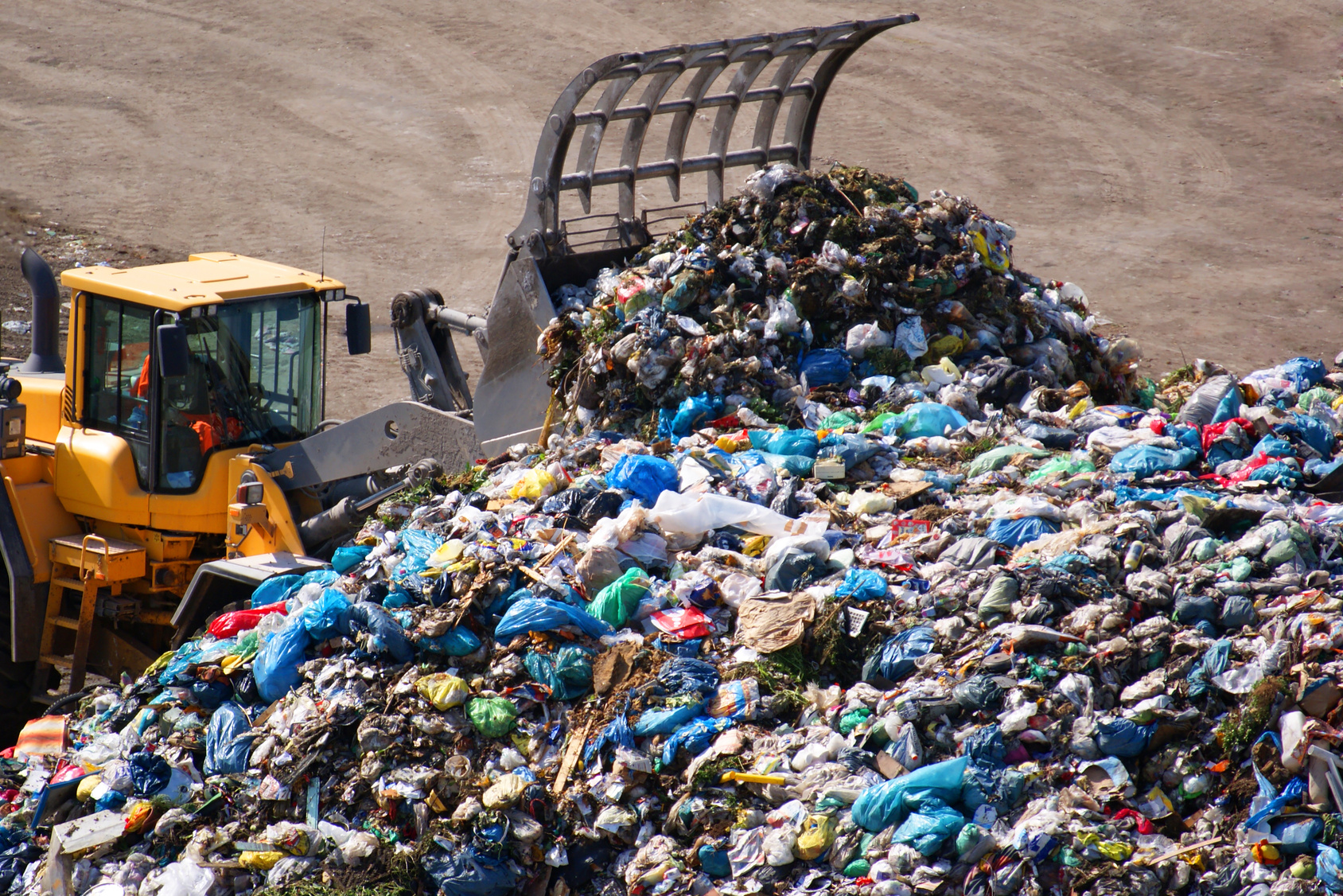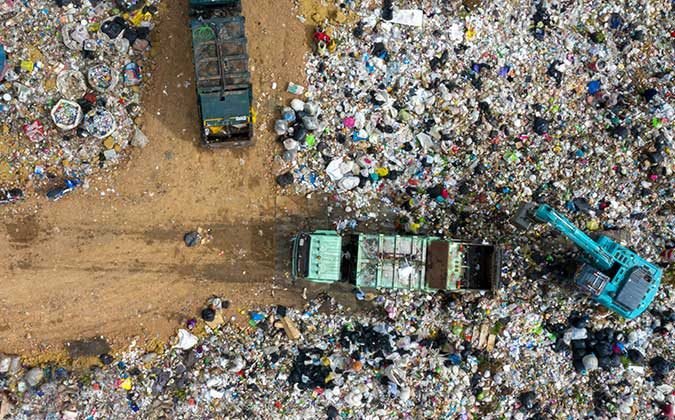Waste management refers to the process involved in collecting till it is finally disposed of safely and sustainably, without causing any environmental harm.
Waste generated from households, big businesses, and companies can be in solid, liquid, and gaseous forms. And since the waste can be of varied types (industrial, organic, radioactive, biological, municipal, etc., they need to be separated from each other to be processed properly.
Process
The waste management process starts with identifying the type of waste, whether the waste is solid, hazardous, non-hazardous, radioactive, household, etc.
After identifying the waste type, its characteristics need to be evaluated. Evaluation is done to know the best management process for waste disposal. And finally, after identification and evaluation comes management.
The Growth of Waste Management
Earlier, there was not much awareness about waste management. Waste used to be disposed of without being concerned about how it would affect the environment and the ecosystem. Waste used to be ridden off by throwing it on roads or dumping it in oceans. Landfills used to be overflowing with all types of waste; harmful and non-harmful wastes were mixed.
But with time, more and more countries are becoming concerned about waste management and how effectively waste can be managed so that it does not harm the environment, as well as other species. Since the waste produced by human activities is in such a gigantic quantity, it harms other organisms as well. Now waste management is done in such a manner that it is effective, sustainable, eco-friendly and reusable.
The guide to waste management starts with understanding the five R’s: Refuse, Reduce, Reuse, Repurpose and Recycle. Understanding these 5 R’s will help understand the importance of quality waste management.
Refuse: the first of the five R’s is refuse. The concept of this R is that to minimize waste production; we must start refusing to use certain products like plastics and non-recyclable materials. It is a daunting task, but it can be done. Looking at alternatives and using other products can lead to the usage of less wasteful materials.

Reduce: the next R is reduced. We need to slowly reduce the use of wasteful, non-reusable materials, especially non-recyclable materials, because as we reduce the use of such wasteful materials, the lesser they are made. They do not fill up landfills because these materials end up in landfills, and landfills fill faster as these materials are generated as wastes in enormous amounts.
Reuse: constantly reusing materials that have the potential of being reused, instead of throwing them away just because they have “served their purpose,” helps to create a more sustainable environment.
Repurpose: once we start refusing, reducing and reusing, repurposing becomes very easy. Repurposing, also called upcycling, is using one product for multiple purposes and not just for the purpose it was bought for.
Recycle: the final R is recycled, the most popular of all the Rs. It helps in creating a more sustainable environment, as well as a popular way of waste management. Anything that can be recycled should be done, cardboard, paper, plastics, glass, etc.
Once we have understood the five R’s; let’s look at some of the technologies that have revolutionized Waste Management:
- Smart Waste Bins: waste bins have been modified and made futuristic by adding such features as sensors. Sensors alert the person when the bin gets filled with waste so that they can optimize their disposal habits. Many smart bins are designed to have interactive screens that provide information like how to dispose of their garbage, make the environment more sustainable, and create awareness.
- Plasma gasification: since the majority of the time, wastes get dumped in landfills, causing overflowing landfills almost in every place, plasma gasification is used to extract gases like hydrogen and carbon dioxide and used as a clean source of energy. It is a promising technique; it uses heat to transfer some wastes into usable gases.’
- Pneumatic Waste Collection: since fossil-fueled garbage collecting trucks make many harmful emissions, a new system has come up, and garbage is sucked up through an underground network of pneumatic tubes.
- The energy consumption of pneumatic tubes is minimal, as air compressors power them. It is much faster than the traditional garbage pickup method, and there are no harmful emissions.
- AI Waste sorting: Waste must be carefully sorted out before its disposal. Manual sorting is inefficient and is not an effective way to sort garbage. Using AI makes the sorting automatic, waste can be fully monitored, and Artificial Intelligence can easily differentiate between the waste types, making the task much easier. It lessens the chances of creating environmental hazards.
- Fleet Management System: this technology, commonly found in the logistic sector, helps optimize the routes of garbage pickup vehicles using sensors and GPS data.
Technology has made waste management more sustainable, environment-friendly, faster and efficient.




